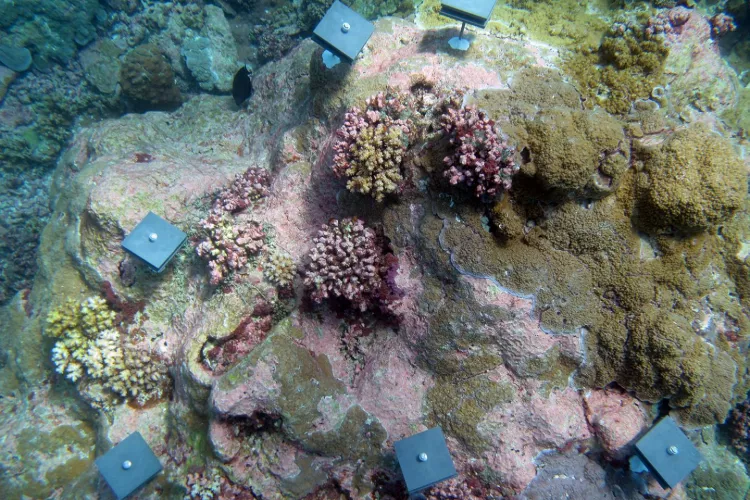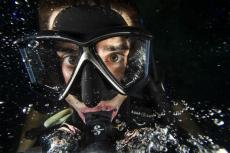Corals seek cooler pastures in subtropical waters
Coral reefs have been seeking new pastures, as rising temperatures heat up their natural habitats.
Coral reefs have been seeking new pastures, as rising temperatures heat up their natural habitats.
Over the last four decades, coral reefs have been progressively shifting their homes from equatorial waters to more temperate regions.
The reason? Climate change.
“Climate change seems to be redistributing coral reefs, the same way it is shifting many other marine species,” said Nichole Price, a senior research scientist at Bigelow Laboratory for Ocean Sciences and lead author of the paper on the topic.
Based on the study, which was published in the Marine Ecology Progress Series journal, the number of young corals on tropical reefs has declined by 85 percent, and doubled on subtropical reefs in the last four decades.
“The clarity in this trend is stunning, but we don't yet know whether the new reefs can support the incredible diversity of tropical systems,” said Price.
Drifting coral larvae
As the ocean temperatures rise, the equatorial waters become too warm for corals, prompting drifting coral larvae to seek more comfortable environments—in this case, the subtropical regions—to settle down in.
However, this option is not available to all coral species, as this is based on how far the coral larvae can travel before they exhaust their fat stores. This scenario is being played out on both the north and south of the Equator and is perfectly mirrored on either side.
“We are seeing ecosystems transition to new blends of species that have never coexisted, and it's not yet clear how long it takes for these systems to reach equilibrium,” said Satoshi Mitarai, an associate professor at Okinawa Institute of Science and Technology Graduate University and an author of the study. “The lines are really starting to blur about what a native species is, and when ecosystems are functioning or falling apart.”
At present, researchers do not know which other species like coralline algae are also expanding into new territories, and if they are not, how well the young corals can survive without them.
Diversity on new reefs
Price hopes to investigate the relationships and diversity of species in the new reefs, so as to understand the dynamics of the new ecosystems.
“So many questions remain about which species are and are not making it to these new locations, and we don't yet know the fate of these young corals over longer time frames,” Price said.
“The changes we are seeing in coral reef ecosystems are mind-boggling, and we need to work hard to document how these systems work and learn what we can do to save them before it's too late.” SOURCE: Bigelow Laboratory for Ocean Sciences
- Log in to post comments























